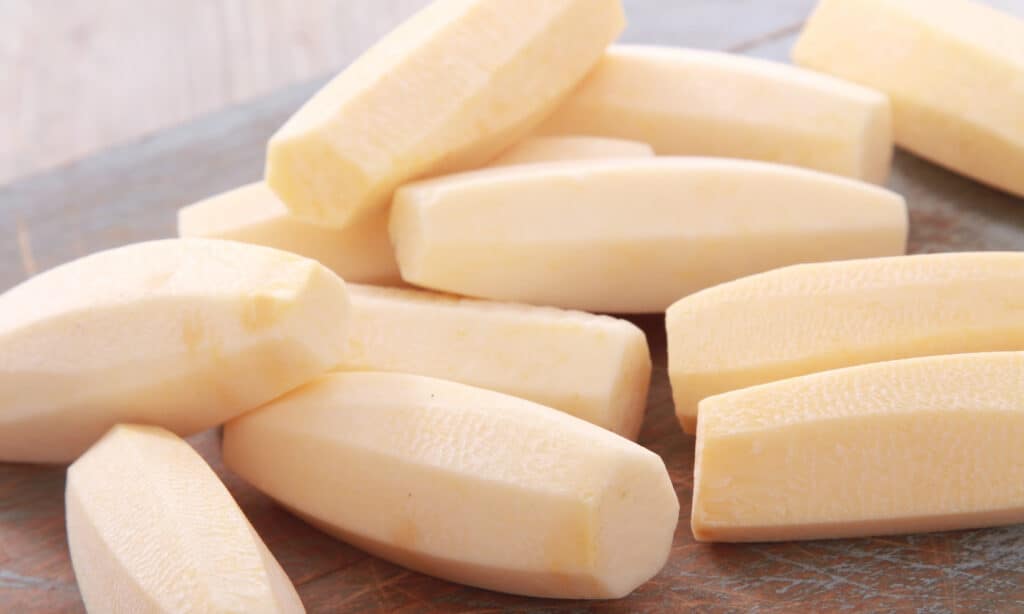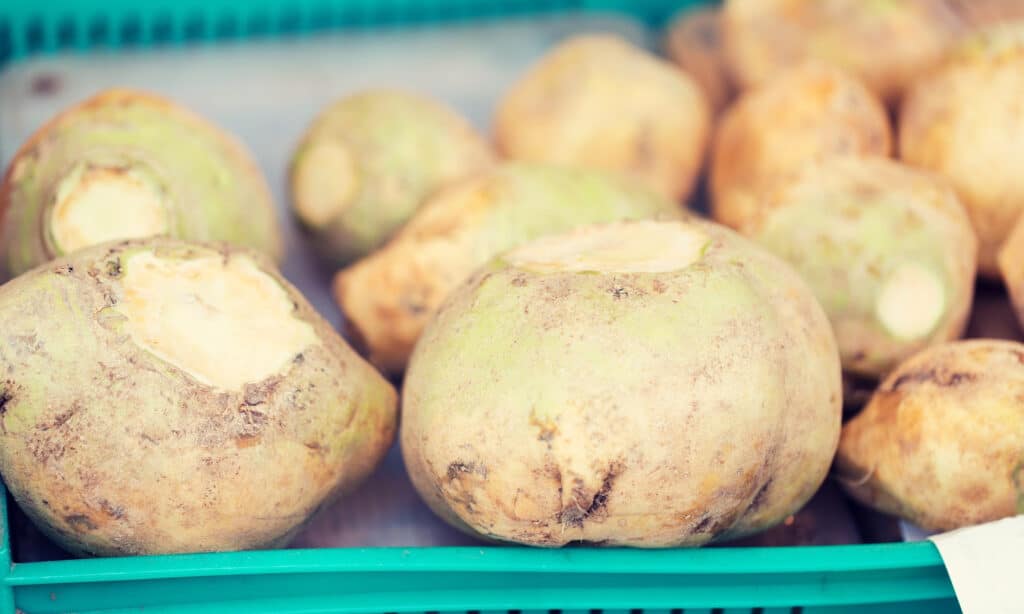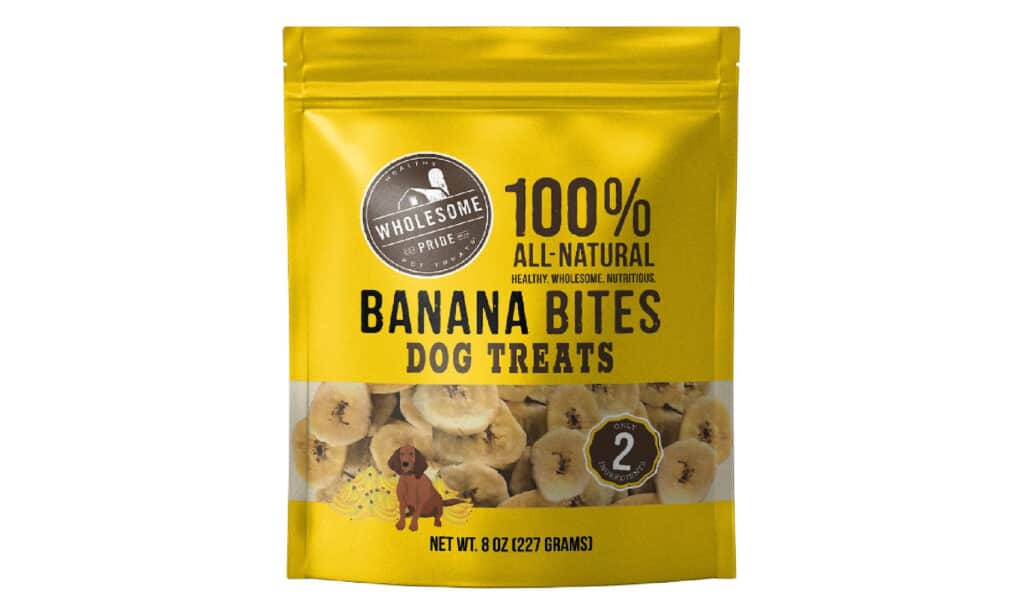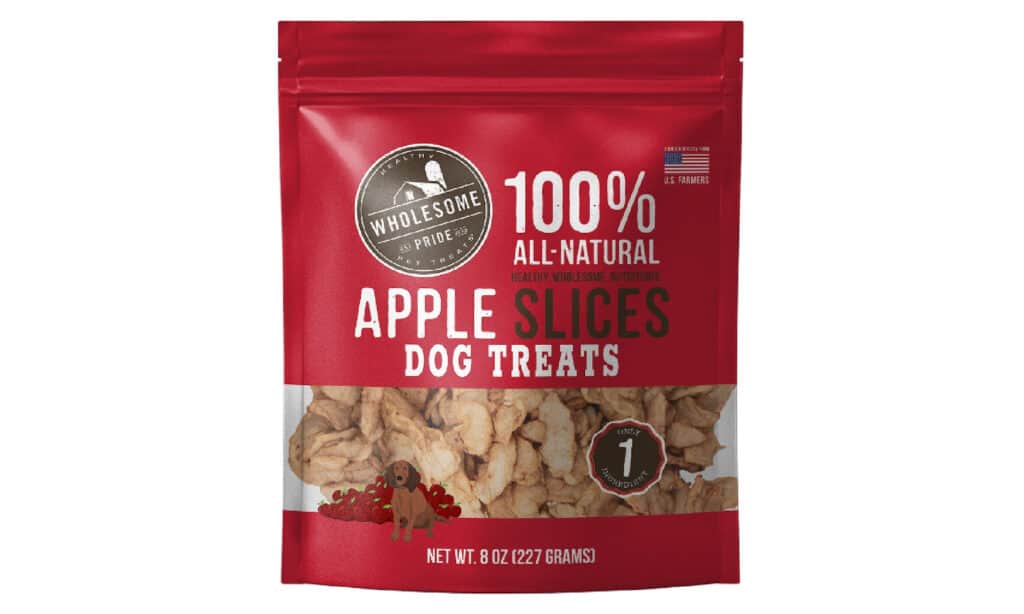Hey there, fellow dog owners! If you’re anything like me, you’re always on the lookout for new and healthy foods to add to your furry friend’s diet. One vegetable that may have caught your eye recently is the rutabaga. But before you go ahead and toss some to your pup, you might be wondering: can dogs eat rutabaga? As a responsible pet owner, it’s important to make sure you’re giving your dog the right kind of nutrition. So, in this blog, we’ll be exploring the benefits and potential risks of feeding your dog rutabaga, as well as answering some common questions about this root vegetable. Let’s dig in!

What Is Rutabaga?
Rutabaga, also known as swede, is a root vegetable that belongs to the Brassica family. It’s a cross between a turnip and a cabbage and is commonly grown in colder climates. Rutabagas have a yellowish-orange flesh with a slightly sweet and earthy flavor. They’re packed with nutrients such as vitamin C, potassium, and fiber, making them a great addition to any healthy diet. In fact, rutabaga has been used in traditional medicine for centuries due to its potential health benefits. So, if you’re looking for a new vegetable to add to your own diet or your dog’s, rutabaga is definitely worth considering. Just be sure to take into account your dog’s individual needs and consult with a veterinarian before making any major changes to their diet.
Can Dogs Eat Rutabaga?
Yes, dogs can eat rutabaga in moderation as part of a balanced diet. Rutabaga is a nutritious vegetable that can provide your furry friend with important vitamins and minerals. However, it’s important to keep in mind that dogs have different nutritional requirements than humans, so their diet should be tailored to their specific needs. As with any new food, it’s best to introduce rutabaga gradually and in small amounts to make sure your dog tolerates it well.
Some potential benefits of feeding your dog rutabaga include:
- Vitamin C: Rutabaga is a good source of vitamin C, which is important for your dog’s immune system and overall health.
- Fiber: Rutabaga is high in fiber, which can help regulate your dog’s digestive system and promote good bowel health.
- Low in calories: Rutabaga is relatively low in calories, making it a good option for dogs who need to lose weight or maintain a healthy weight.
However, there are also some potential risks to keep in mind when feeding your dog rutabaga. These include:
- Digestive upset: Too much rutabaga can cause digestive upset in some dogs, including gas, bloating, and diarrhea.
- Allergies: Some dogs may be allergic to rutabaga, so it’s important to monitor your dog for any signs of an allergic reaction after feeding them this vegetable.
- Oxalates: Rutabaga contains oxalates, which can be harmful in large amounts. However, the levels of oxalates in rutabaga are relatively low, so it’s not usually a concern unless your dog is eating large quantities of the vegetable.
Overall, rutabaga can be a healthy and nutritious addition to your dog’s diet as long as it’s fed in moderation and your dog tolerates it well. As always, it’s best to consult with your veterinarian before making any major changes to your dog’s diet.

Are There Any Harmful Ingredients in Rutabaga?
Rutabaga is generally considered a safe and healthy food for dogs, but it’s important to keep in mind that there are some potential risks associated with feeding this vegetable to your furry friend. One of the main concerns with rutabaga is its oxalate content.
Oxalates are naturally occurring compounds found in many plant-based foods, including rutabaga. In large amounts, oxalates can bind with calcium in the body and form crystals, which can cause health problems such as kidney stones. However, the levels of oxalates in rutabaga are relatively low and not usually a concern unless your dog is eating large quantities of the vegetable.
Another potential issue with feeding rutabaga to dogs is its fiber content. While fiber is important for digestive health, too much fiber can cause digestive upset in some dogs. This can lead to symptoms such as gas, bloating, and diarrhea.
It’s also possible for some dogs to be allergic to rutabaga, although this is relatively rare. Signs of an allergic reaction in dogs can include itching, swelling, hives, and difficulty breathing.
Overall, rutabaga is generally considered safe and healthy for dogs when fed in moderation. However, it’s always a good idea to consult with your veterinarian before adding any new foods to your dog’s diet, especially if your dog has any underlying health issues or dietary restrictions.
Are There Any Safe Ingredients in Rutabaga?
Yes, there are many safe and beneficial ingredients in rutabaga that can provide your dog with important nutrients. Some of the key ingredients in rutabaga include:
- Vitamin C: Rutabaga is a good source of vitamin C, which is important for immune system function, skin health, and wound healing in dogs.
- Fiber: Rutabaga is high in fiber, which can help regulate your dog’s digestive system and promote good bowel health.
- Potassium: Rutabaga is a good source of potassium, which is important for heart and muscle function in dogs.
- Calcium: Rutabaga contains small amounts of calcium, which is important for bone health and muscle function in dogs.
- Carotenoids: Rutabaga contains carotenoids, which are powerful antioxidants that can help protect your dog’s cells from damage.
Overall, rutabaga can be a healthy and nutritious addition to your dog’s diet when fed in moderation. As with any new food, it’s important to introduce rutabaga gradually and in small amounts to make sure your dog tolerates it well. If you have any concerns about adding rutabaga to your dog’s diet, it’s always best to consult with your veterinarian first.

What Signs To Watch For If Your Dog Accidentally Ate A Lot of Rutabaga?
f your dog accidentally eats a large amount of rutabaga, there are several signs to watch for that may indicate a problem. These can include:
- Vomiting: If your dog has eaten too much rutabaga, they may start vomiting to get rid of the excess.
- Diarrhea: Eating too much rutabaga can also cause diarrhea, which can lead to dehydration if not managed properly.
- Abdominal pain: Your dog may show signs of abdominal pain, such as pacing, restlessness, or hunching over.
- Loss of appetite: If your dog is experiencing digestive upset due to eating too much rutabaga, they may refuse to eat or drink.
- Lethargy: Dogs who have eaten too much rutabaga may also become lethargic or weak.
If you notice any of these symptoms in your dog after they’ve eaten a lot of rutabaga, it’s important to contact your veterinarian right away. They can help determine the best course of treatment, which may include fluid therapy, medications to control vomiting or diarrhea, or other supportive care measures. In severe cases, your dog may need to be hospitalized for monitoring and treatment.
When or If You Should Go To The Vet?
If you suspect that your dog has eaten an excessive amount of rutabaga and is displaying signs of digestive upset or any other concerning symptoms, it’s crucial to seek veterinary care as soon as possible. Your veterinarian can examine your dog and determine the severity of their condition, providing appropriate treatment as needed.
Some indicators that your dog may require medical attention include:
- Continued vomiting or diarrhea: Seek veterinary care if your dog vomits or has persistent diarrhea for over 24 hours.
- Signs of dehydration: Dehydrated dog due to vomiting or diarrhea? They may need fluids or electrolyte replacement to recover.
- Abdominal discomfort: If your dog is displaying signs of abdominal pain such as whining, hunching over or reluctance to move, it’s important to have them evaluated by a veterinarian.
- Lethargy or weakness: Dogs who have ingested too much rutabaga may feel tired, weak, or unwell, which can indicate a more serious issue.
- Changes in breathing or heart rate: If your dog is experiencing breathing difficulties or has an irregular heart rate, immediate veterinary attention is necessary.
Generally, if you’re uncertain whether your dog needs veterinary care, it’s better to be safe than sorry and contact your veterinarian. They can evaluate your dog’s symptoms and provide guidance on the best course of action.

Safe Dog-Friendly Alternative to Rutabaga:
If you’re looking for a safe and healthy alternative to rutabaga to feed your dog, there are several options to consider. Here are some dog-friendly alternatives that can provide similar nutritional benefits:
- Carrots: Carrots are a great source of vitamin A and fiber, making them a healthy and low-calorie treat for dogs. They’re also easy to digest and can help keep your dog’s teeth clean.
- Sweet potatoes: Sweet potatoes are rich in vitamins A and C, as well as fiber and potassium. They can be baked or boiled and served as a nutritious treat for your dog.
- Green beans: Green beans are a low-calorie and fiber-rich vegetable that can help regulate your dog’s digestive system. They’re also a good source of vitamin C and potassium.
- Pumpkin: Pumpkin is high in fiber and can help soothe digestive issues in dogs. It’s also a good source of vitamins A and C, as well as beta-carotene.
- Broccoli: Broccoli is packed with nutrients such as vitamin C, fiber, and potassium. It’s also low in calories and can be steamed or roasted as a healthy treat for your dog.
Remember to always introduce new foods gradually and in small amounts to ensure your dog tolerates them well. As always, it’s best to consult with your veterinarian before adding any new foods to your dog’s diet.
Healthy Store-Bought Options:
In conclusion, while rutabaga can be a nutritious and healthy addition to your dog’s diet, it’s important to feed it in moderation and with caution. Like with any new food, it’s always best to introduce rutabaga gradually and monitor your dog’s reaction to it. Be sure to consult with your veterinarian before adding any new foods to your dog’s diet, especially if they have any underlying health issues or dietary restrictions.
If you’re concerned about feeding your dog rutabaga, there are many safe and healthy alternatives that can provide similar nutritional benefits. Carrots, sweet potatoes, green beans, pumpkin, and broccoli are just a few examples of dog-friendly vegetables that can add variety and nutrition to your dog’s diet.
As a responsible pet owner, it’s important to prioritize your dog’s health and well-being. By providing a balanced and nutritious diet, as well as seeking veterinary care when necessary, you can help ensure that your furry friend lives a happy and healthy life.
~Lindsie



